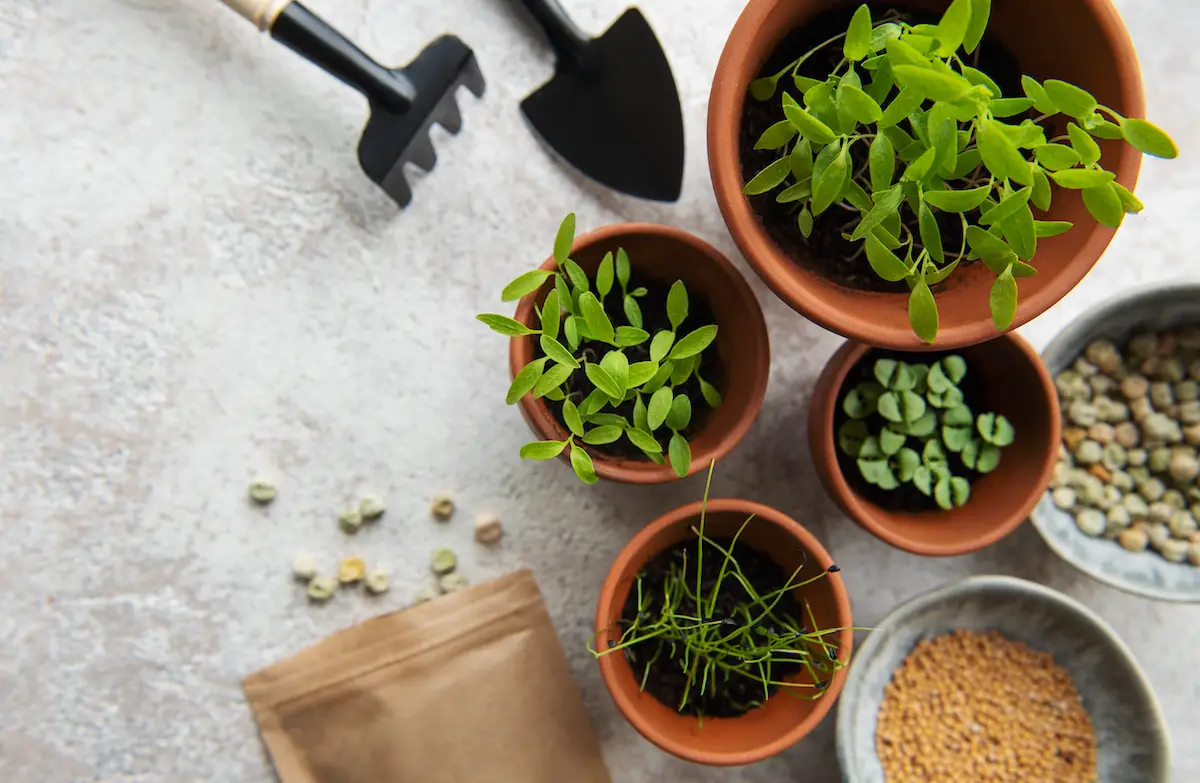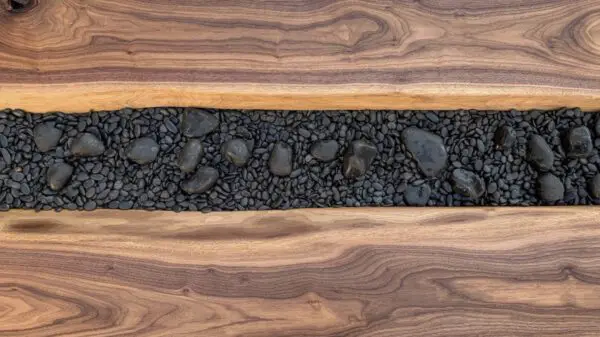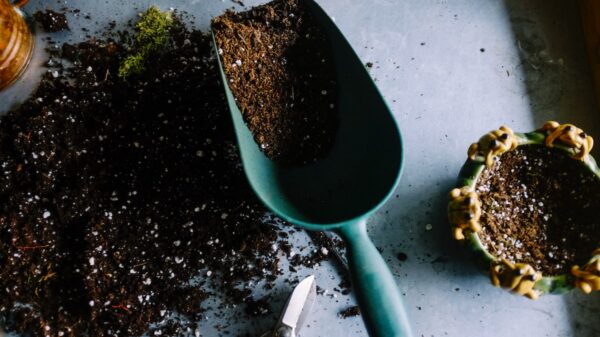What are microgreens and how do you grow them successfully at home?
Microgreens have gained immense popularity in recent years for their high nutritional value and culinary versatility. These tiny, vibrant greens are packed with flavor and nutrients, making them a favorite among health-conscious individuals and chefs alike. In this comprehensive guide, we will delve into what microgreens are, their benefits, and most importantly, how to successfully grow them in the comfort of your own home.
Introduction to Microgreens
Microgreens are young vegetable or herb greens that are harvested at an early stage, typically when the first true leaves develop. These tiny plants are more mature than sprouts but younger than baby greens, offering a concentrated flavor and nutrient profile. They are prized for their intense flavors, vibrant colors, and high levels of vitamins, minerals, and antioxidants.
Why Have Microgreens Become so Popular?
Microgreens are experiencing a surge in popularity, making them a trendy item in the culinary and health world today. One of the key reasons for their trendiness is their exceptional nutritional value. Research has shown that these miniature greens can contain higher concentrations of essential nutrients compared to their fully grown counterparts, appealing to health-conscious consumers seeking nutrient-dense foods. Additionally, their vibrant colors and delicate textures make them visually appealing, enhancing the presentation of dishes in both home kitchens and upscale restaurants. Moreover, the rise of urban gardening and the desire for sustainable food options have fueled the trend, as microgreens can be easily grown in small spaces, requiring minimal resources. Their versatility in various culinary applications, from salads to smoothies, allows for creative and diverse usage, further cementing their status as a trendy and sought-after item in modern kitchens.
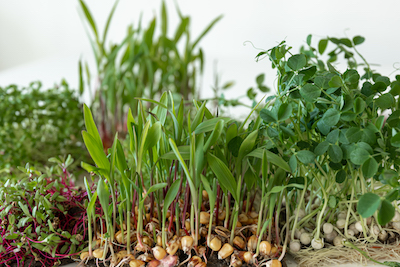
Why Choose Microgreens?
a. Nutritional Powerhouses
Despite their small size, microgreens are packed with essential nutrients. Research shows that they can contain higher concentrations of vitamins and minerals compared to their mature counterparts.
b. Versatility in Culinary Delights
Microgreens can be incorporated into a variety of dishes, adding a burst of flavor, texture, and visual appeal. They are commonly used in salads, sandwiches, wraps, smoothies, and as garnishes for soups and main courses.
c. Quick Growth and Harvest
One of the most enticing aspects of microgreens is their rapid growth. You can start harvesting them within a week or two of sowing, making them a convenient and accessible option for home gardeners.
The Benefits of Growing Microgreens
Growing microgreens offers a plethora of benefits. Firstly, these tiny greens are a nutritional powerhouse, boasting high concentrations of essential vitamins, minerals, and antioxidants crucial for our health. They are a cost-effective way to supplement a balanced diet, ensuring a daily intake of vital nutrients. Microgreens are also remarkably convenient to grow, requiring minimal space, time, and effort. Their rapid growth cycle, often ready for harvest within a week or two, provides a swift reward for the effort invested. Furthermore, cultivating microgreens at home allows you to control the growing process, ensuring no harmful chemicals or pesticides are used, resulting in a healthier and more organic option. Lastly, the joy of harvesting and incorporating freshly grown microgreens into your meals, witnessing the vibrant colors and flavors, adds a satisfying dimension to your culinary endeavors.
Selecting the Right Microgreen Varieties
The beauty of growing microgreens lies in the vast array of plants you can choose from. Some popular microgreen varieties include:
Broccoli
Kale
Spinach
Radish
Arugula
Sunflower
Experiment with different types to discover your favorites and enjoy a diverse range of flavors and nutrients.
How to Eat Microgreens
The versatility of microgreens in culinary applications knows no bounds. Once you’ve successfully grown these vibrant greens, a world of culinary creativity unfolds. Fresh microgreens can be simply added to your salads, sandwiches, and wraps, elevating both the visual appeal and the nutritional content of your meals. They make delightful toppings for soups, adding a burst of flavor and a touch of elegance. Microgreens can be blended into smoothies for an extra nutrient boost or used as a garnish on a variety of main courses, imparting a fresh, herbaceous essence. Additionally, incorporating microgreens into omelets, pizzas, and even sushi rolls can add a delightful twist to these dishes. The possibilities are endless, and experimenting with different combinations and recipes is all part of the joy of growing and using microgreens.
Are Microgreens a Beginner Friendly Plant?
Absolutely, growing microgreens is exceptionally beginner-friendly and one of the easiest ways to dip your toes into gardening. These tiny greens are well-suited for novices because they have a rapid growth cycle and require minimal space, making them ideal for those with limited room or gardening experience. The process, from sowing the seeds to harvesting, is straightforward and typically takes only a week or two. The necessary supplies are minimal and affordable, often found in any gardening or home improvement store. Additionally, the risk of encountering major gardening challenges is relatively low compared to growing other plants, providing a positive and encouraging experience for beginners. Whether you’re a seasoned gardener or just starting out, the joy of watching your microgreens sprout and flourish is an immensely rewarding and satisfying experience.
Supplies Needed for Growing Microgreens
To grow microgreens successfully at home, you’ll need the following supplies:
Growing trays or shallow containers
High-quality potting soil or seed starting mix
Microgreen seeds
Water spray bottle
Plastic wrap or humidity dome
Grow lights or a sunny window
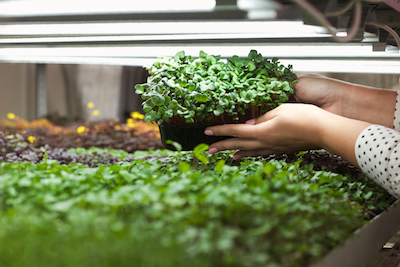
Step-by-Step Guide to Growing Microgreens
a. Preparation of Growing Trays or Containers
Clean the Trays: Ensure the trays or containers are clean and sanitized to avoid any potential contamination.
Drainage Holes: Ensure that your trays or containers have adequate drainage holes to prevent waterlogged soil, which can lead to mold and root rot.
b. Soil Preparation
Fill Trays: Fill the trays or containers with a good quality potting soil or seed starting mix, leaving about an inch of space from the top.
Level the Soil: Gently tap the trays to level the soil and remove any air pockets.
c. Sowing the Seeds
Evenly Spread Seeds: Scatter the seeds evenly over the soil’s surface. Aim for a dense but not overcrowded distribution.
Lightly Press Seeds: Gently press the seeds into the soil using a flat piece of cardboard or your hand.
d. Watering and Light Conditions
Watering: Mist the seeds with a water spray bottle to ensure even moisture. Avoid over-watering, as excessive moisture can cause mold.
Light: Place the trays in a well-lit area. If natural light is inadequate, consider using grow lights to ensure proper growth.
e. Harvesting Microgreens
Monitor Growth: Check your microgreens daily, and once they have developed true leaves and reached the desired height (usually 1-3 inches), they are ready for harvest.
Harvesting Technique: Using scissors, cut the microgreens just above the soil level.
When to Harvest Microgreens
Microgreens can be grown throughout the year, regardless of the season, thanks to their adaptability and relatively short growth cycle. However, certain factors can influence the success and ease of your microgreens’ growth. During the colder months of fall and winter, when natural light may be limited, grow lights become essential to provide adequate light for healthy growth. Conversely, in the warmer months of spring and summer, natural sunlight is more abundant, making it easier to grow microgreens without additional lighting. Temperature control is crucial; microgreens typically thrive in temperatures ranging from 60-75°F (15-24°C). Overall, the flexibility of growing microgreens means you can enjoy these nutrient-rich greens year-round, tailoring your approach based on the specific conditions and available resources in each season.
Common Challenges and How to Overcome Them
a. Mold Growth
Solution: Ensure proper air circulation, avoid over-watering, and maintain cleanliness in trays and containers.
b. Leggy or Weak Growth
Solution: Provide adequate light, whether natural or through grow lights, and avoid overcrowding the seeds during planting.
c. Bitter or Unpleasant Taste
Solution: Harvest at the right time (early growth stage), and experiment with different varieties to find those with the most appealing flavor.
Q&A
Q1: Can I use regular garden soil for growing microgreens?
A1: It’s recommended to use a high-quality potting soil or seed starting mix to ensure the right nutrient composition and avoid potential issues like soil-borne pests or diseases.
Q2: How often should I water my microgreens?
A2: Mist your microgreens once or twice a day to keep the soil moist but not waterlogged. Adjust the frequency based on the moisture levels in the growing medium.
Q3: Can I reuse the growing trays for successive batches of microgreens?
A3: It’s advisable to clean and sanitize your trays between each planting to prevent any potential disease or mold contamination in the new batch of microgreens.
In conclusion, growing microgreens at home is a rewarding and straightforward process. With the right seeds, equipment, and a little patience, you can enjoy a fresh supply of nutrient-packed microgreens to enhance your meals and boost your health. Happy growing!


